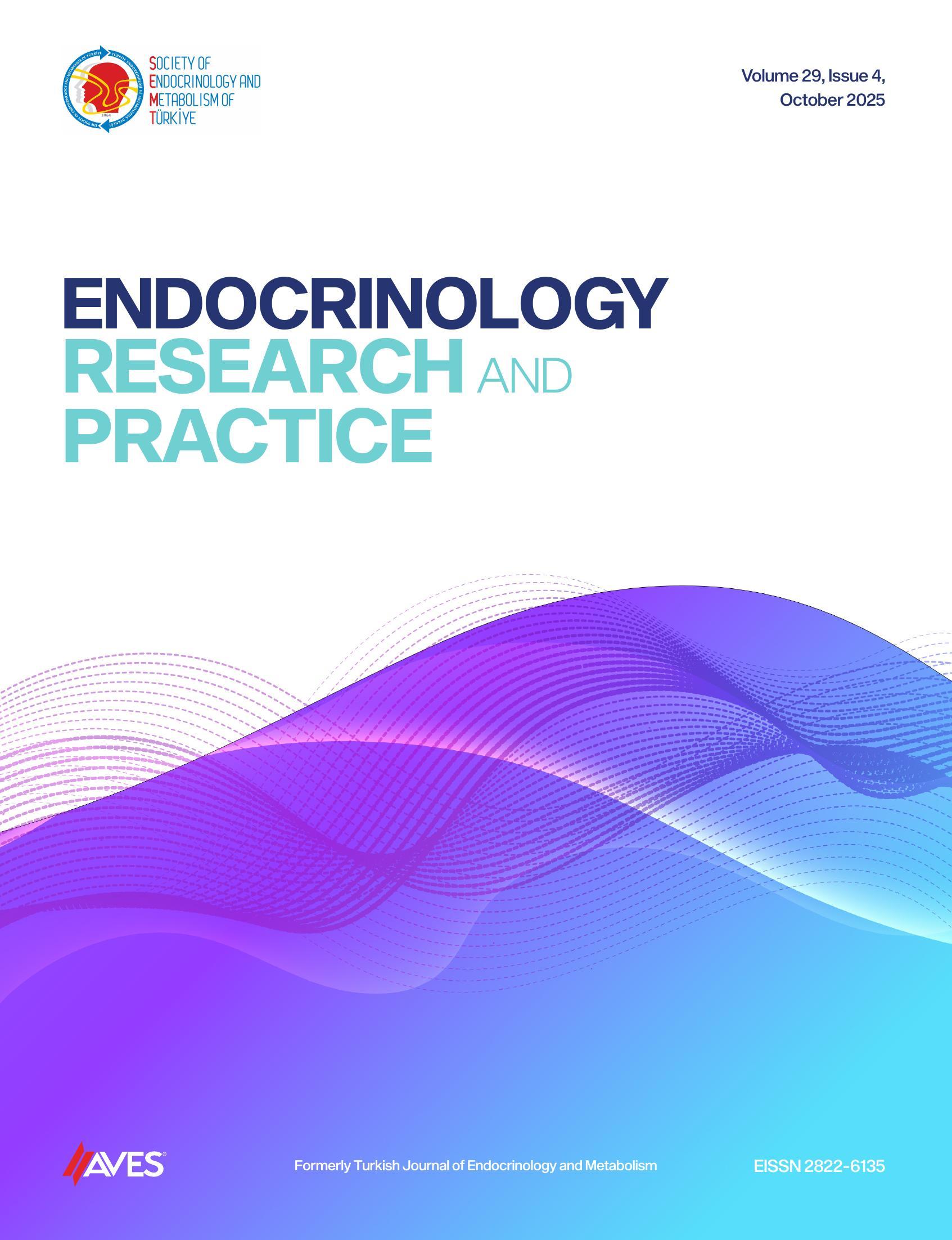Objective: A consensus on whether the body’s hydration status is associated with the incidence of diabetes and insulin resistance has not yet been reached. The association between urine specific gravity (USG) and metabolic derangement or diabetes risk over time was aimed to be investigated.
Methods: Data from 2498 middle-aged men and women who initially showed normoglycemia at baseline over a 10-year follow-up period from a population-based Korean cohort study were used. Survival and panel analyses were performed to evaluate the effect of USG on serum glucose levels, insulin resistance, and the risk of diabetes,
Results: During 24 578 person-years of follow-up, the incidence rate of diabetes was 5.2 (95% CI: 4.4-6.2) per 1000 person-years. In survival analyses, USG did not show a significant increase in the incidence of diabetes. Panel regression analysis showed that individuals with higher USG (≥1.03) exhibited significantly elevated fasting blood glucose (FBG) levels and a homeostatic model assessment for insulin resistance (HOMA-IR) compared with those with a lower USG (<1.02). A high USG did not show a significant risk of diabetes but did show an increasing effect on FBG levels and HOMA-IR over a 10-year follow-up period.
Conclusion: Elevated USG was associated with increased FBG levels and insulin resistance in the lon- gitudinal panel analysis over 10 years. More research is needed to investigate the association of water intake with insulin resistance and diabetes.
Cite this article as: Choi H, Moon TJ, Kwon JY, et al. Higher urine specific gravity associated with higher fasting blood glucose levels and insulin resistance: A 10-year Korean cohort study. Endocrinol Res Pract. 2025;29(2):94-100.

-1(1).png)

.png)